Jul 11, 2025
Author:Amanda Lyu
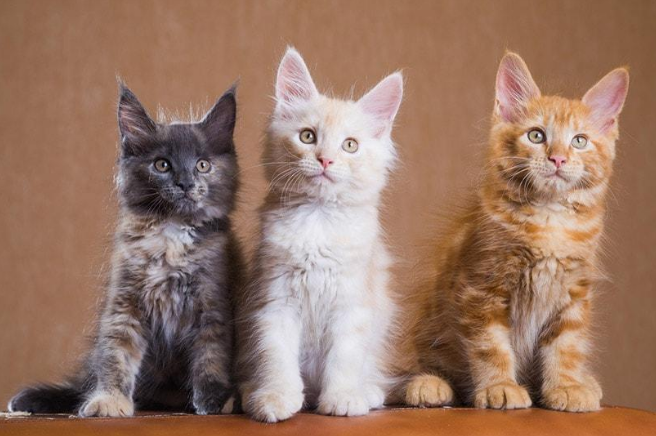
Cats are fun animals. They can surprise us. One big surprise is that a cat can have kittens with different fathers in the same litter. We call this superfecundation. It happens a lot in cats, more than in many other animals.
Superfecundation cats are when a mom cat has kittens with different dads. This article tells you what superfecundation is, how it works in cats, why it happens, and what it means for cat owners and breeders. You will learn about this cool part of how cats have babies.
Superfecundation happens when a female mates with more than one male while she can get pregnant. Each male can start a different baby. In cats, this means kittens in one litter can have different dads.
This is rare in humans, but cats do it a lot. Their bodies work this way when they mate. Superfecundation cats show us cats can have babies in a special and tricky way. It does not hurt the mom or the kittens. The kittens just get different looks or traits from their dads.
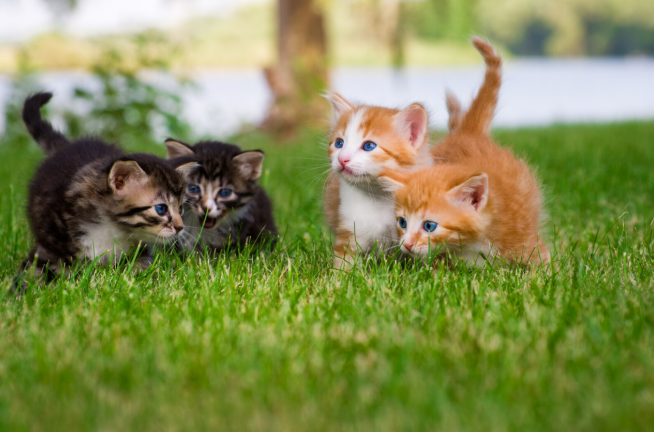
Cats have a unique way of making babies. Female cats are called queens. They don’t release eggs like humans do on a schedule. They release eggs only after mating. This is called induced ovulation. When a queen is in heat, she is ready to mate. She can release many eggs over a few days.
If she mates with different male cats, or toms, each egg can turn into a baby from a different tom’s sperm. Sperm can live inside her for days. So, she might mate with one tom today and another tomorrow. Both can father kittens in the same litter. This is how superfecundation cats get kittens with different dads.
For example, a queen mates with a black tom on Monday. Then she mates with a white tom on Tuesday. Her litter might have black kittens and white kittens. The black ones come from the first tom. The white ones come from the second tom. This mix makes superfecundation exciting.
Let’s look at how a cat’s body makes this happen. Queens have two ovaries, like human women. But their heat cycles are different. Cats have many heat cycles from spring to fall. Each cycle gives them a chance to get pregnant.
When a queen is in heat, she gets ready to mate. Mating makes her ovaries release eggs. She often releases more than one egg. Humans usually release one egg at a time, but queens can release several. This lets her have lots of kittens in one go. If she mates with different toms, each egg can come from a different dad’s sperm. This is how superfecundation cats have kittens with different fathers.
Her body helps this along. Sperm from different toms can stay alive inside her for days. Eggs get fertilized at different times, but all kittens grow together. They are born in one litter. This setup makes cat babies healthy and varied. It helps wild cats survive.
Superfecundation is common in cats for a few reasons. Queens get very active when they’re in heat. They go outside and meet lots of toms. In cities, tons of cats live close by. So, a queen can mate with different males easily. In the countryside, fewer cats are around. Superfecundation happens less there because queens meet fewer toms.
Also, toms fight to mate with queens in heat. They know when she’s ready. Each tom tries to be the one to mate with her. If more than one wins, her eggs get fertilized by different males. This competition makes superfecundation cats more common where lots of cats live.
Studies back this up. In cities, 70% to 83% of litters have more than one dad. In rural areas, it’s only 0% to 22%. The number of cats nearby changes how often this happens.
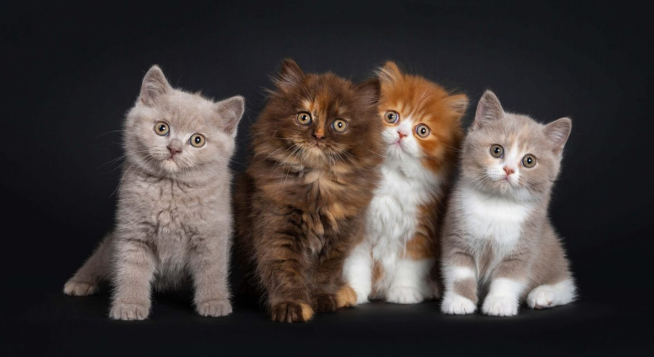
Superfecundation is real, not just a story. Cat owners see it when their queen has kittens that look super different. One litter might have short black fur kittens and long orange fur kittens. The differences come from their dads.
Scientists checked this out too. A study of city cats showed most litters had multiple fathers. They used DNA tests to prove it. In one case, a queen had tabby kittens and solid-color kittens. DNA showed two toms were the dads. These stories show superfecundation cats are common, especially in busy places.
Cats can do another neat thing called superfetation. That’s when a female gets pregnant again while already pregnant. A study found this in a cat. It’s different from superfecundation, but it shows cats are full of surprises.
Superfecundation can catch owners off guard. If your female cat isn’t spayed and goes outside, she might get pregnant by different toms. Her kittens could look totally different when they’re born. That’s because they have different dads. It doesn’t hurt their health. They grow up fine, just with traits from their own fathers. Owners who love cat facts find this pretty cool.
To keep your cat healthy while pregnant, try a timed cat feeder. It gives her the right food at the right times. This helps her and her kittens stay strong.
For breeders, superfecundation can be tricky or helpful. If you want kittens with specific looks, like a certain fur color, multiple dads can mess that up. Your queen might mate with your chosen tom and then another one outside. The kittens might not match what you planned.
Breeders fix this by keeping queens inside during heat. They let her mate with just one tom and block other males. After the kittens arrive, DNA tests show who the dads are. This keeps their breeding plans on track.
But superfecundation can also be great. Kittens with different dads have mixed genes. This can make them healthier. It cuts down on problems from cats with too-similar genes. For breeders who want strong kittens, superfecundation cats are a plus.
Owners and breeders can control superfecundation based on their goals. Here’s how:
● Control Mating: Breeders watch the queen in heat. They let her mate with one tom only. Keeping her inside or in a safe spot stops other males.
● Use DNA Testing: If a litter has multiple dads, DNA tests tell you which kitten comes from which tom. This helps breeders track genetics and plan ahead.
● Spay or Neuter: Owners who don’t want kittens can spay the queen or neuter the toms. This stops pregnancy and superfecundation completely.
These steps let you decide what happens with your cats. If you’re away and worried, a pet camera feeder lets you check on her and feed her. You can also use smart pet care tools to make it simple.
This article focuses on superfecundation cats, but other animals do it too. Dogs can have litters with different dads. Cows and rabbits sometimes have it. Even humans can, though it’s super rare. In humans, a woman releases two eggs and mates with two men close together. This makes twins with different dads.
Cats stand out because their bodies make it likely. They release eggs after mating and can release lots at once. This makes superfecundation cats more common than in other animals.
Superfecundation helps cats in cool ways. In the wild, it mixes up traits in a litter. One dad might give hunting skills. Another might give thick fur. Kittens with both can survive better in tough places.
For pet cats, this mix means healthier kittens. Different dads bring more gene variety. This lowers the risk of genetic sickness. Owners and breeders see that superfecundation cats often grow up strong and lively because of this.
Caring for kittens from different dads is like caring for any litter. Feed the mom well when she’s pregnant and nursing. This keeps her healthy. After the kittens are born, check their health and growth. They might look different, but they need the same stuff—food, warmth, and vet visits.
Water matters a lot for older kittens or the mom. Learn more in this article on keeping older cats hydrated. It helps them stay well, especially after kittens. If you use a water fountain, check out how to care for it to keep it clean.
Raising these kittens ties into bigger things, like the planet. The food you pick for your cats can change the environment. Read about pet food choices to find options good for your cats and the Earth.
Superfecundation is an amazing part of cat life. It shows how flexible and complex their bodies are. Superfecundation cats bring variety to litters. This surprises owners and keeps breeders busy. Learning about it helps you care for your cats better. You also enjoy their unique ways.
Whether you own or breed cats, superfecundation teaches you a lot. It links to smart care ideas too, like using tools or a water fountain for health. Cats are full of surprises, from their genes to their kittens.
Label:
Popular Post

What to Feed a Sick Dog With No Appetite? [2025 Guide]
May 16, 2023
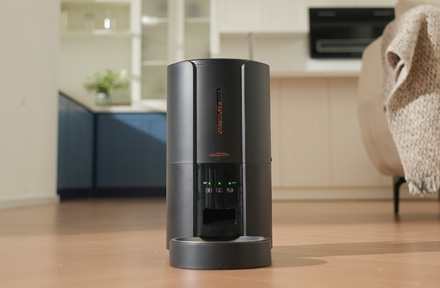
Troubleshooting Common Issues with Automatic Pet Feeders: Tips & Tricks for Pet Owners
Oct 26, 2023
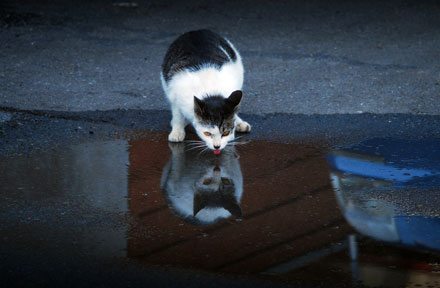
Why Does My Cat Cough After Drinking Water? 8 Potential Reasons
Mar 13, 2023
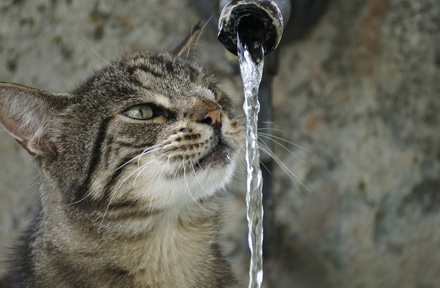
Why is My Cat Throwing up Water? Top 5 Causes Here
Feb 08, 2023
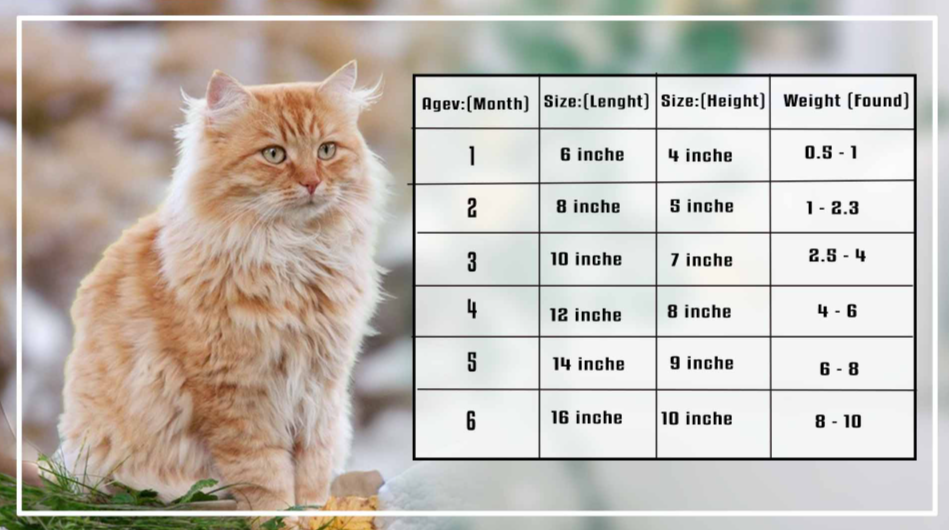
What is a standard Cat Weight chart by age Kg?
Mar 19, 2025
$99.99
$129.99
Copyright © 2025 WOPET. All Rights Reserved.